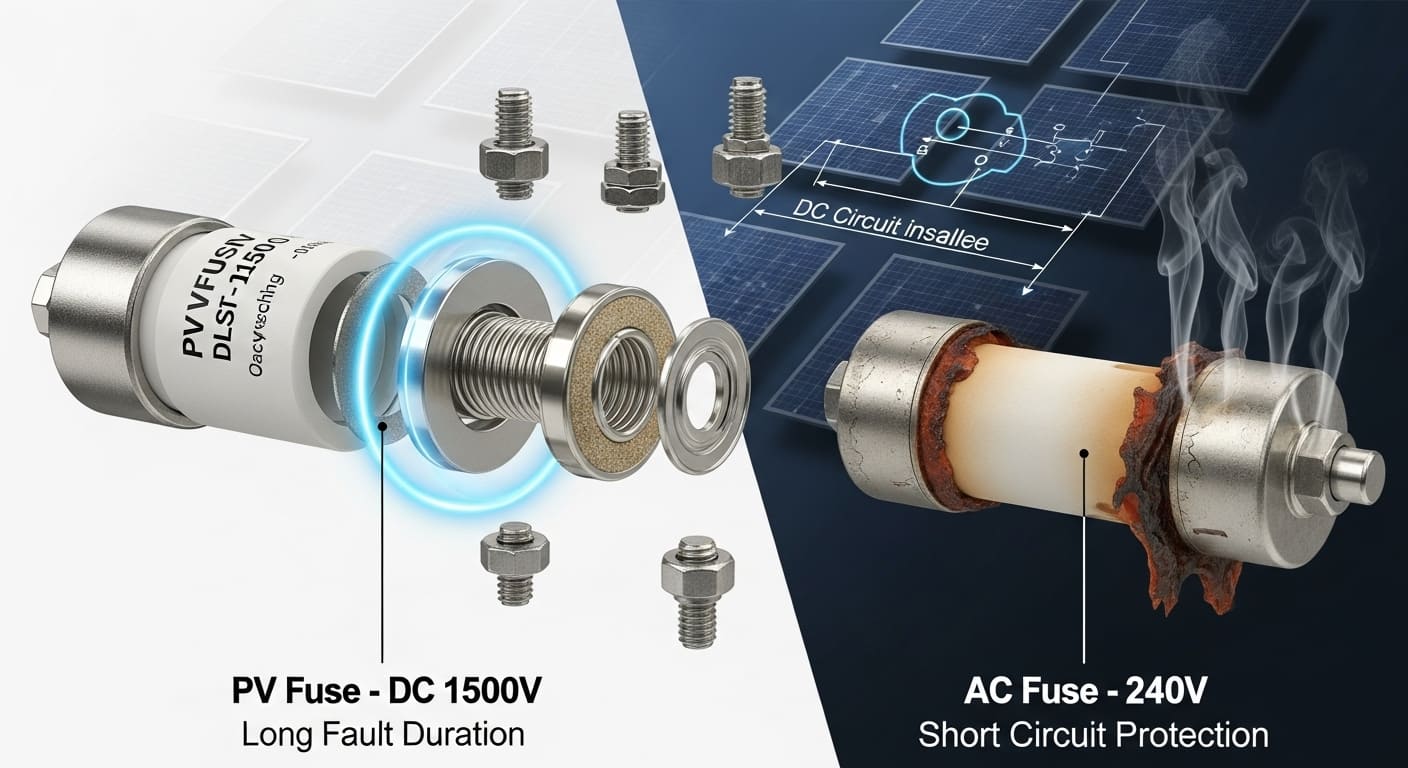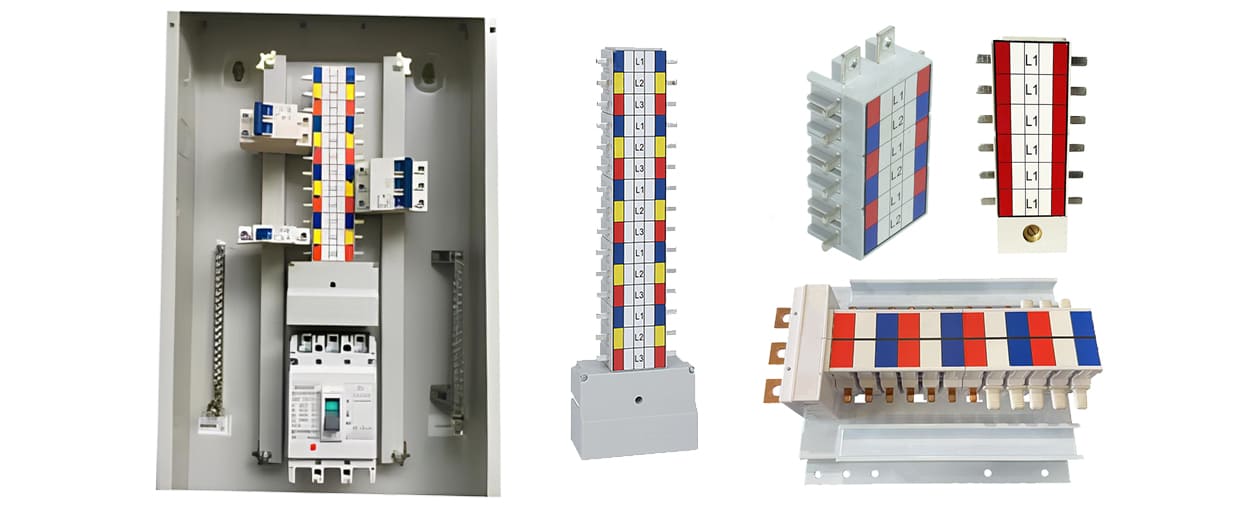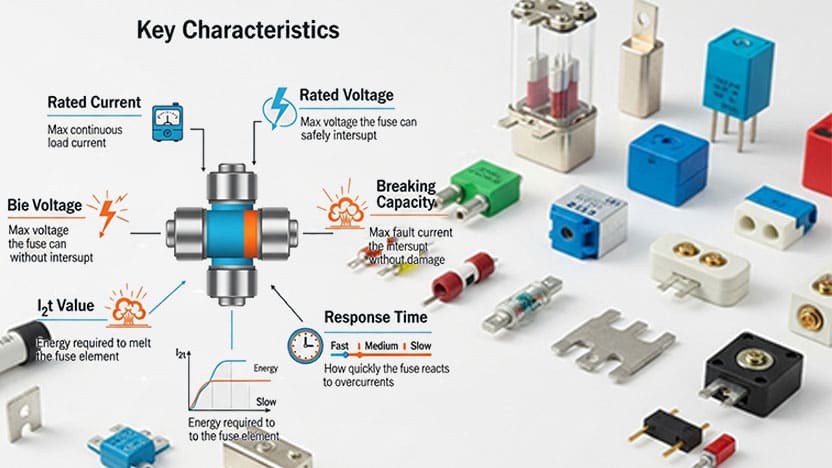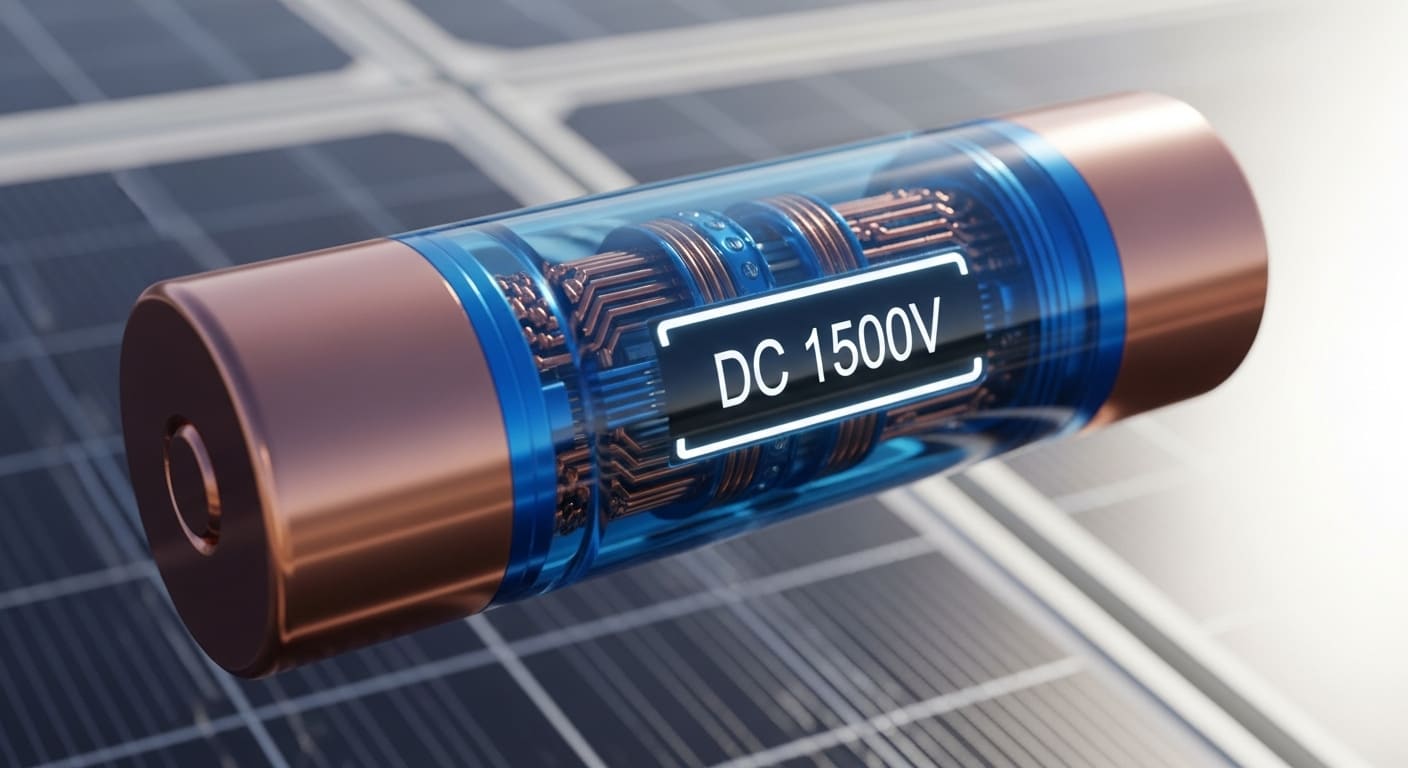You're building an electrical panel and need reliable circuit protection. But choosing the wrong mounting system could leave your entire installation vulnerable. The 3-pole MCCB pan assembly1 might be your solution.
A 3-pole MCCB pan assembly is a pre-engineered mounting platform that securely holds three-pole molded case circuit breakers2 while providing electrical connections and structural support. It integrates the MCCB with busbars and terminals for complete three-phase power distribution in industrial electrical panels.
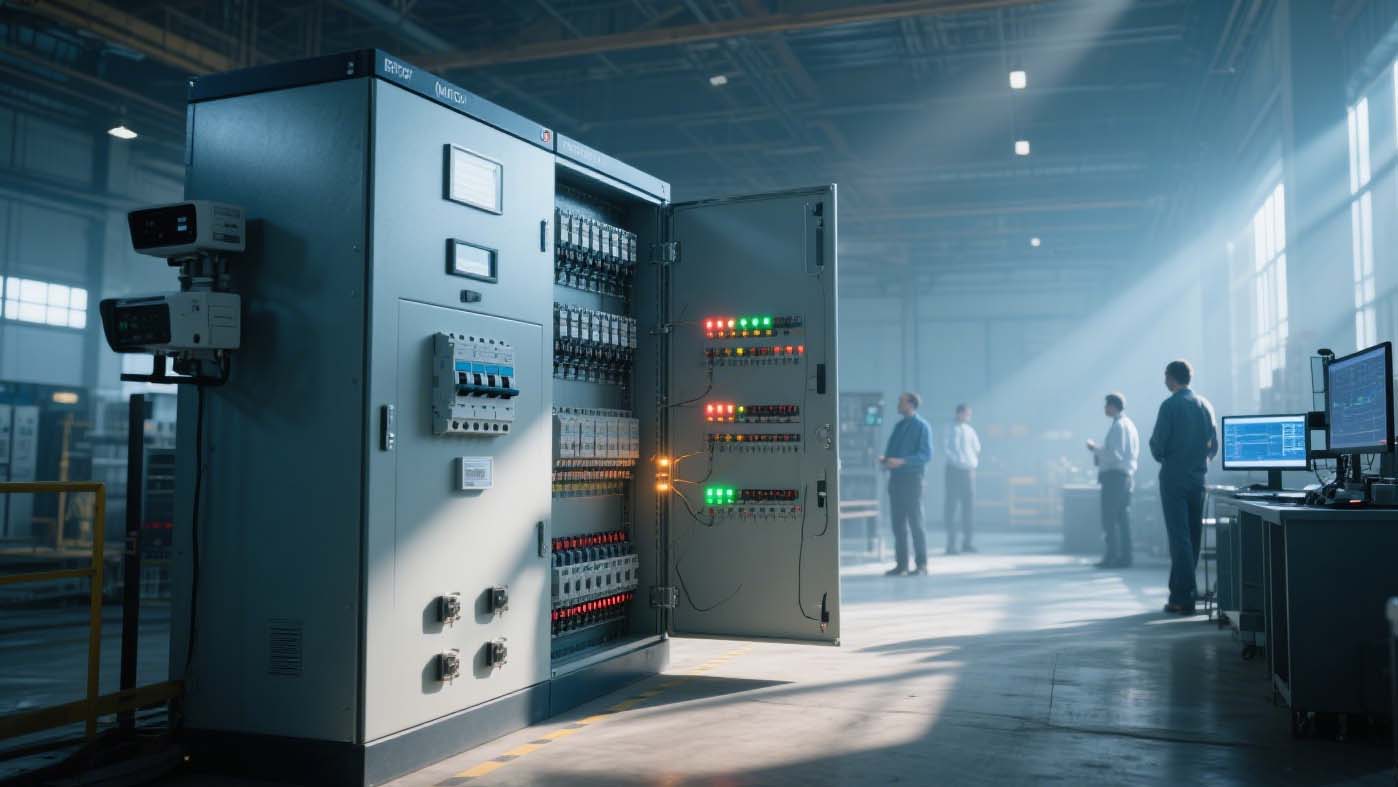
Through my years working with industrial clients, I've seen how the right pan assembly can make or break an entire electrical system. Let me walk you through everything you need to know about these critical components.
What is a MCCB in electrical system?
Your electrical system needs protection from overloads and short circuits. Traditional fuses work, but they're not always the best choice. This is where MCCBs step in to save the day.
A Molded Case Circuit Breaker (MCCB)3 is an automatic electrical switch that protects circuits from overload and short-circuit faults4. It can be manually operated and automatically trips when current exceeds preset limits, typically handling 100-2500 amperes in industrial applications.
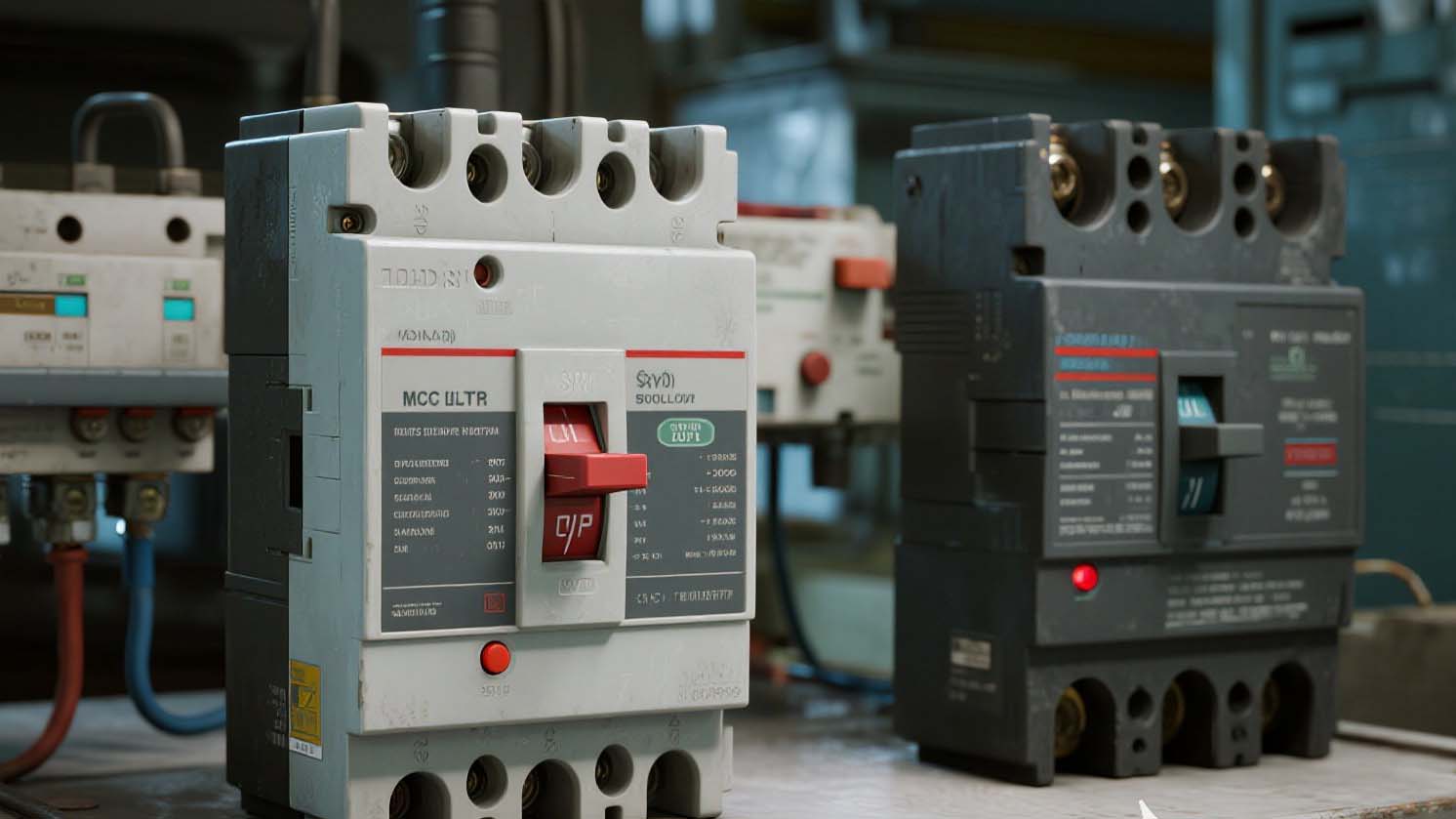
I remember working with a manufacturing plant in Saudi Arabia where the client, Mr. Rasem, was struggling with frequent electrical faults. His existing fuse-based system required constant maintenance and downtime for replacements. We implemented MCCBs throughout his facility, and the results were immediate.
MCCBs offer several key advantages over traditional protection methods. They provide adjustable trip settings, allowing you to fine-tune protection levels based on your specific load requirements. Unlike fuses, MCCBs can be reset after tripping, eliminating the need for replacement parts and reducing downtime.
The thermal-magnetic trip mechanism in MCCBs responds to both overload and short-circuit conditions. For overloads, the thermal element provides time-delayed tripping, allowing temporary current surges without nuisance trips. For short circuits, the magnetic element provides instantaneous protection.
Types of MCCB Applications
| Application Type | Current Range | Typical Use Cases |
|---|---|---|
| Industrial Motors | 100-800A | Heavy machinery protection |
| Distribution Panels | 125-400A | Main feeder protection |
| Generator Sets | 200-1600A | Power generation systems |
| Building Services | 100-630A | HVAC and lighting circuits |
Modern MCCBs5 also feature electronic trip units6 that provide precise protection settings and monitoring capabilities. These units can communicate with building management systems, providing real-time data on electrical consumption and fault conditions.
What is an electrical pan7?
You've selected your MCCB, but now you need a way to mount it securely in your panel. This is where electrical pans become essential for professional installations.
An electrical pan is a pre-fabricated mounting assembly that provides structural support, electrical connections, and proper spacing for circuit breakers in electrical panels. It includes mounting rails, connection terminals, and busbar interfaces designed for specific breaker types and configurations.
[^8] components](https://fuspan.com/wp-content/uploads/2025/07/3-electrical-pan-assembly-components.jpg)
In my experience manufacturing these components at Fuspan, I've learned that the pan assembly is far more than just a mounting bracket. It's the foundation that determines your entire panel's performance and reliability.
The electrical pan serves multiple critical functions in your installation. First, it provides precise mechanical positioning for the MCCB, ensuring proper alignment with busbars and maintaining required clearances. Second, it creates secure electrical connections between the breaker and the distribution system.
Most importantly, the pan assembly manages thermal stress and fault energy dissipation8. During my work with various industrial clients, I've documented how advanced pan assemblies with enhanced thermal management9 features allow operation closer to rated capacity. This effectively gains 10-15% more usable power without infrastructure upgrades.
Pan Assembly Components
The typical electrical pan includes several integrated elements:
- Mounting Rails: Precision-machined tracks that guide breaker installation
- Connection Terminals: Secure attachment points for incoming and outgoing conductors
- Busbar Interfaces: Standardized connections to main distribution busbars
- Arc Containment: Barriers that contain fault energy and protect adjacent equipment
- Ventilation Features: Thermal management elements that prevent hotspot formation
Quality pan assemblies also include features like removable terminal covers, test point access, and modular expansion capabilities. These details might seem minor, but they significantly impact long-term maintenance and system reliability.
What are the different types of MCCB poles?
Your electrical load determines how many poles your MCCB needs. Single-phase, three-phase, and neutral switching all require different configurations. Getting this wrong can leave parts of your system unprotected.
MCCB poles10 refer to the number of separate switching contacts within the breaker. Common configurations include 1-pole (single phase), 2-pole (split phase), 3-pole (three phase), and 4-pole (three phase with neutral) options, each designed for specific electrical system requirements.
[^12]s comparison](https://fuspan.com/wp-content/uploads/2025/07/4-MCCB-pole-configurations-comparison4.jpg)
The pole configuration directly impacts your system's protection scheme and installation requirements. In my manufacturing experience, I've seen many projects fail because the wrong pole configuration was specified for the application.
Single-pole MCCBs protect individual phases or single-phase loads. They're common in residential applications but limited in industrial settings. Two-pole MCCBs handle split-phase systems, typically found in North American residential and light commercial installations.
Three-pole MCCBs are the workhorses of industrial power distribution. They protect three-phase motors, transformers, and distribution feeders. The three-pole configuration ensures that all phases trip simultaneously, preventing dangerous single-phase conditions that can damage three-phase equipment.
MCCB Pole Selection Guide
| System Type | Pole Configuration | Typical Applications |
|---|---|---|
| Single Phase | 1-Pole | Lighting, small motors |
| Split Phase | 2-Pole | Residential services |
| Three Phase | 3-Pole | Industrial motors, feeders |
| Three Phase + Neutral | 4-Pole | IT systems, sensitive loads |
Four-pole MCCBs include neutral switching, essential for certain grounding systems and sensitive electronic loads. In IT power systems or medical facilities, neutral switching prevents dangerous voltage conditions during fault conditions.
The choice between common trip and independent trip mechanisms also affects pole selection. Common trip ensures all poles operate together, while independent trip allows individual pole operation. Most industrial applications require common trip for safety reasons.
What is the difference between MCB and MCCB in electrical?
You're specifying circuit protection and wondering whether to use MCBs or MCCBs. The wrong choice could mean inadequate protection or unnecessary costs. Understanding the key differences helps you make the right decision.
MCBs (Miniature Circuit Breakers11) handle 6-125 amperes for residential and light commercial use, while MCCBs (Molded Case Circuit Breakers12) handle 100-2500 amperes for industrial applications. MCCBs offer adjustable trip settings and higher fault current ratings compared to MCBs' fixed characteristics.
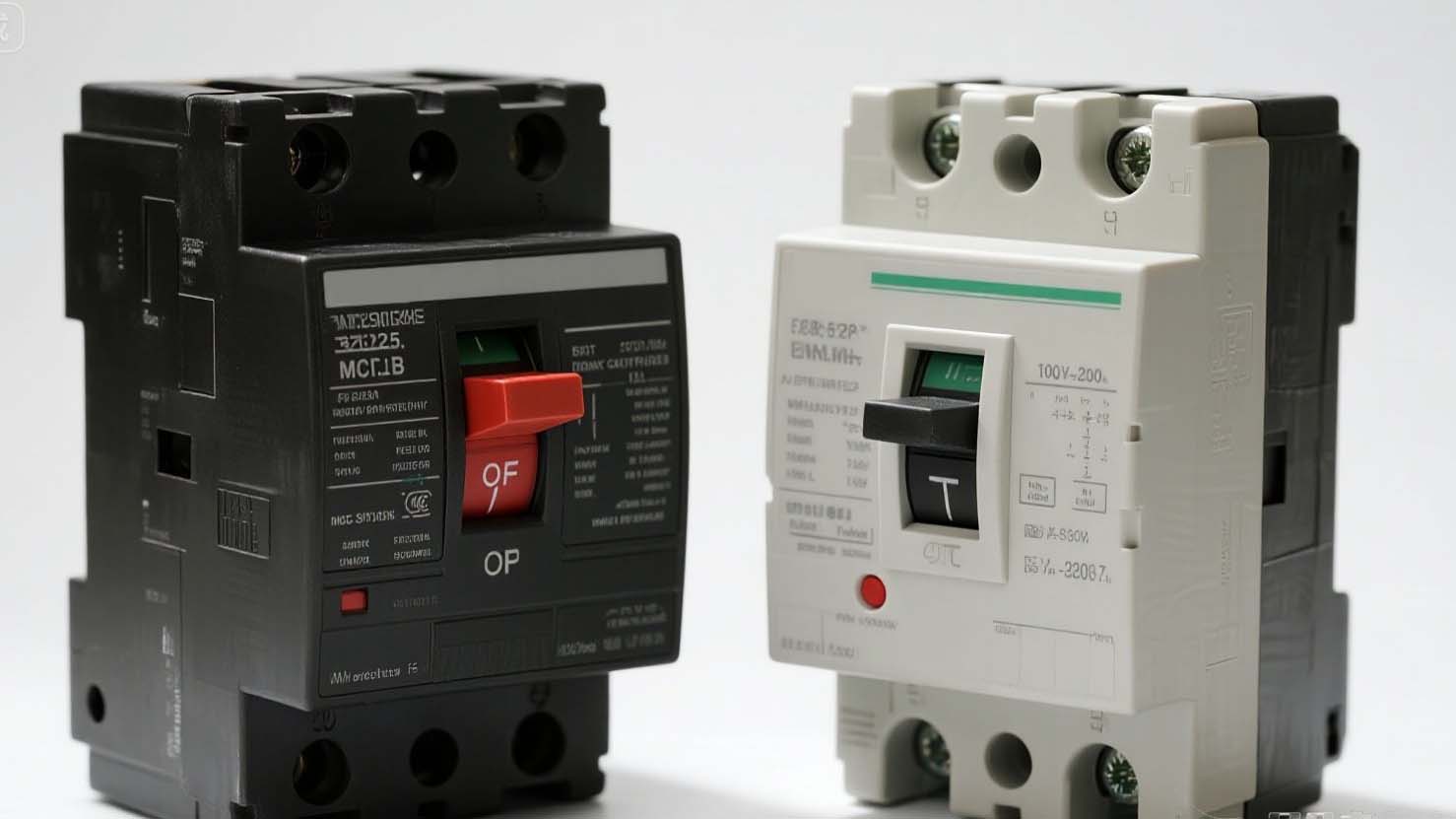
The distinction between MCB and MCCB applications becomes particularly evident in industrial contexts. Through my work with panel builders like Mr. Rasem, I've observed that the pan assembly's ability to manage fault energy dissipation dramatically impacts adjacent component reliability.
Current rating represents the most obvious difference. MCBs typically max out at 125 amperes, while MCCBs start around 100 amperes and extend to 2500 amperes or higher. This overlap region requires careful consideration of other factors beyond just current rating.
Fault current interrupting capacity13 differs significantly between the two technologies. MCBs typically handle 6-10 kA fault currents, suitable for downstream distribution. MCCBs can interrupt 25-200 kA fault currents, essential for main distribution and industrial applications.
Technical Comparison Table
| Feature | MCB | MCCB |
|---|---|---|
| Current Range | 6-125A | 100-2500A |
| Fault Current | 6-10 kA | 25-200 kA |
| Trip Adjustment | Fixed | Adjustable |
| Size/Weight | Compact | Larger |
| Cost | Lower | Higher |
| Applications | Residential/Light Commercial | Industrial/Heavy Commercial |
Adjustability represents another crucial difference. MCBs have fixed trip characteristics determined during manufacturing. MCCBs offer adjustable trip settings, allowing fine-tuning for specific applications. This adjustability proves valuable when load characteristics change over time.
Installation and maintenance requirements also differ substantially. MCBs typically plug into standard DIN rail mounting systems, while MCCBs require dedicated pan assemblies or mounting systems. The pan assembly becomes critical for MCCB installations, providing proper support and connection interfaces.
In my manufacturing experience, I've found that MCCB pan assemblies require more sophisticated design consideration than MCB mounting systems. The higher fault energies and larger physical size demand robust mechanical and electrical design.
Conclusion
The 3-pole MCCB pan assembly combines circuit protection with proper mounting infrastructure for reliable industrial power distribution systems.
-
Explore this link to understand how a 3-pole MCCB pan assembly enhances circuit protection and installation reliability. ↩
-
Learn about molded case circuit breakers to ensure you choose the right protection for your electrical panel. ↩
-
Understanding MCCBs is crucial for effective electrical system protection, ensuring safety and reliability in industrial applications. ↩
-
Learning about these faults helps in selecting the right protective devices, enhancing the safety and efficiency of your electrical installations. ↩
-
Understanding MCCBs is crucial for selecting the right circuit breakers for various applications, ensuring safety and efficiency. ↩
-
Exploring electronic trip units reveals their role in improving protection settings and monitoring, vital for modern electrical systems. ↩
-
Understanding the role of an electrical pan can enhance your installation's performance and reliability. ↩
-
Understanding fault energy dissipation is crucial for ensuring safety and reliability in electrical installations. ↩
-
Learn how effective thermal management can improve your electrical system's efficiency and lifespan. ↩
-
Understanding MCCB poles is crucial for selecting the right breaker for your electrical system, ensuring safety and efficiency. ↩
-
Explore this link to understand the specific uses and advantages of MCBs in residential and light commercial settings. ↩
-
Learn about MCCBs and how their adjustable settings can enhance protection in industrial applications. ↩
-
This resource will clarify the importance of fault current ratings in ensuring safety and reliability in electrical systems. ↩

